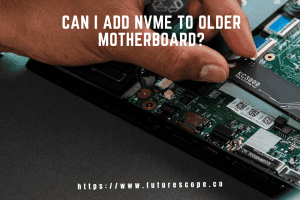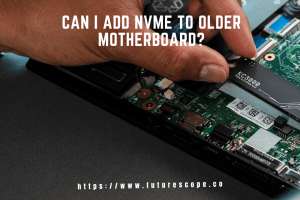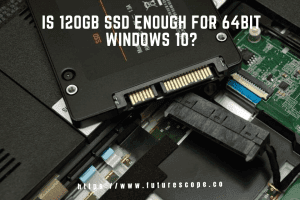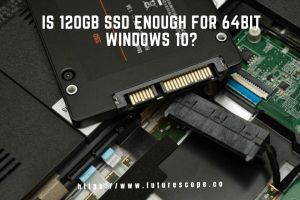Last Updated on March 12, 2021 by Editor Futurescope
In August 2016, a new development took many by surprise: a Google code repository called Fuchsia brought the expression “operating system” between different command lines. Although until now there was nothing “visual” to show the public. According to Travis Geiselbrecht, one of its developers, “it’s not a toy, it’s not a 20% project, it’s not the landfill where dumping a dead thing that we do not care about anymore.” At the time, it has been suggested the possibility of a replacement for Android, but little news emerged from it since. That was until today, when the captures of the new graphical interface of the operating system that circulated began. Technically Google Fuchsia began its development around February of last year, it is therefore a serious project, one that supposedly could result in an official launch approximately 2020 … if it does not run the same fate as other Google projects.
Google Fuchsia
Unlike Android and Chrome OS, Fuchsia is a Linux-based system, adopting a kernel developed by Google called Magenta itself. Also this may be the third operating system of the company with respect to the use of licenses that: instead of the traditional GNU Public License (GPL), Google has a mixture of license Apache 2.0, MIT and BSD 3 Clause. This is a break point with other Google platforms. Instead, this new operating system uses a microkernel called Magenta that would allow Google to abandon the Linux kernel and the GPL license, which in turn would result in greater control of the platform.
An interesting detail is that Magenta is presented under the original description of Google as a microkernel intended for “modern mobile phones and modern personal computers with fast processors, nontrivial amounts of RAM and arbitrary peripherals for open computing” (understood open as indefinite Or not limited).
Armadillo interface
The interface of Google Fuchsia adopts the name of Armadillo. At the moment is not functional, but shows some of the features on which Google intends to continue designing the usability and visual and working environment of its new operating system. According to the publication, the graphic part of the system is written with the tremolo development kit, which is multi platform. In the photos, you can see a system that adapts well to different screen sizes and can fall very well on smart phones, tablets and computers.

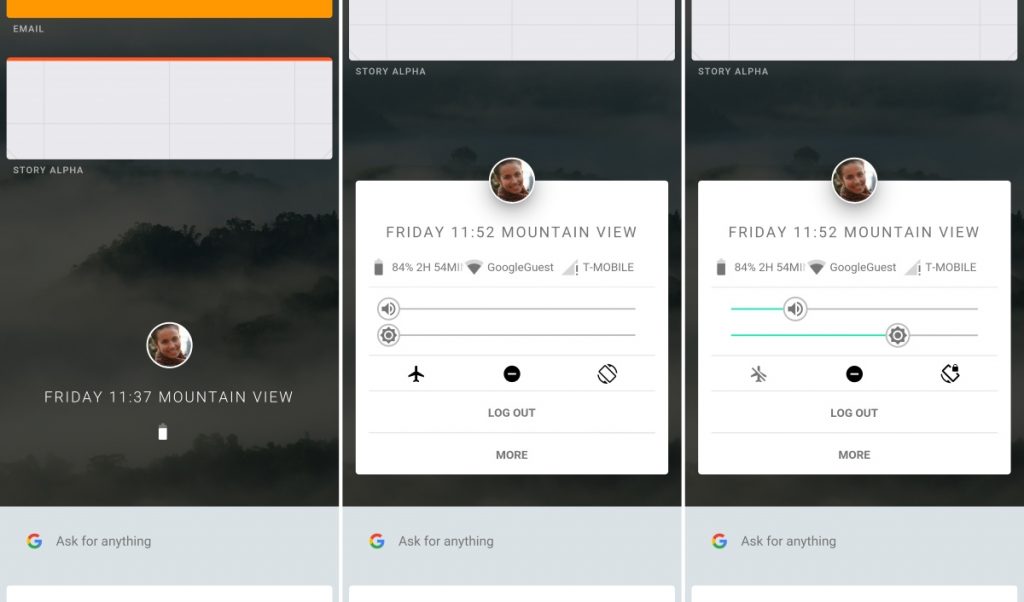
In addition, the influence of the material design is evident there, as well as the presence of a single button virtual background of the screen. This aspect to iOS is quite different from the three buttons currently given by the Android guys and it comes across some rumors that Google can adopt the single button system on their mobile system soon.
It consists of a vertical list of items with the user profile in the Google Now style, from where you can configure options such as brightness control and connectivity. A Google bar provides access to the search service.
Another point to emphasize is the organization of the open applications in species of cards and tokens, functions that collaborate in the screen of the organization. Remember that Android 7.0 was the first to allow two apps to split the same device screen, something that seems to be expanded in Google Fuchsia. These screen can be dragged on top of each other to run applications in parallel, displaying them in split 50/50, 25/75, 75/25 or in a larger number of sections.
Why a new system?
Second is to read the materials already published on fuchsia by Google itself, the new system aims to “modern personal computers. Also computers with faster processors and non-trivial amounts of RAM, the arbitrary peripheral carry out a computation Open.”
This phrase is almost self-explanatory, or is, the new operating system can finally bring a single operating system for all devices “Google technology”. In short, the integration between Android and Chrome OS may actually come from a third party operating system that would replace it at once – but all this is still just speculation

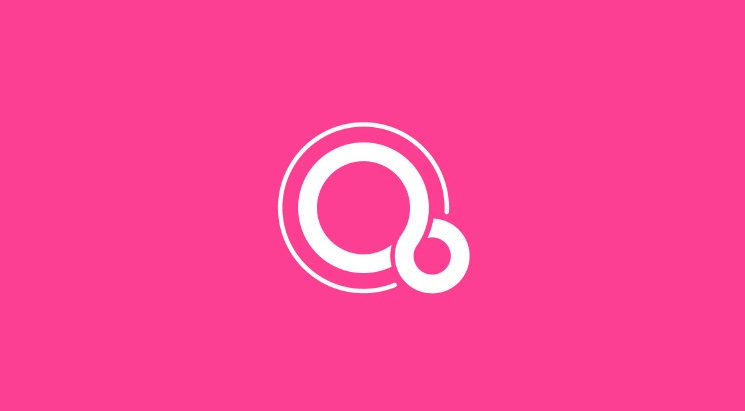
In addition, it does not depend on the progress of the Linux community to release new versions of the core of the system is also a competitive advantage for Google. This means that in a system developed 100% by them, although open source, the company dictates the speed of progress and innovation applied there.
The entire system documentation provided by Google can be compiled into an APK file, i.e. you can test the visual part of google fuchsia on Android.






